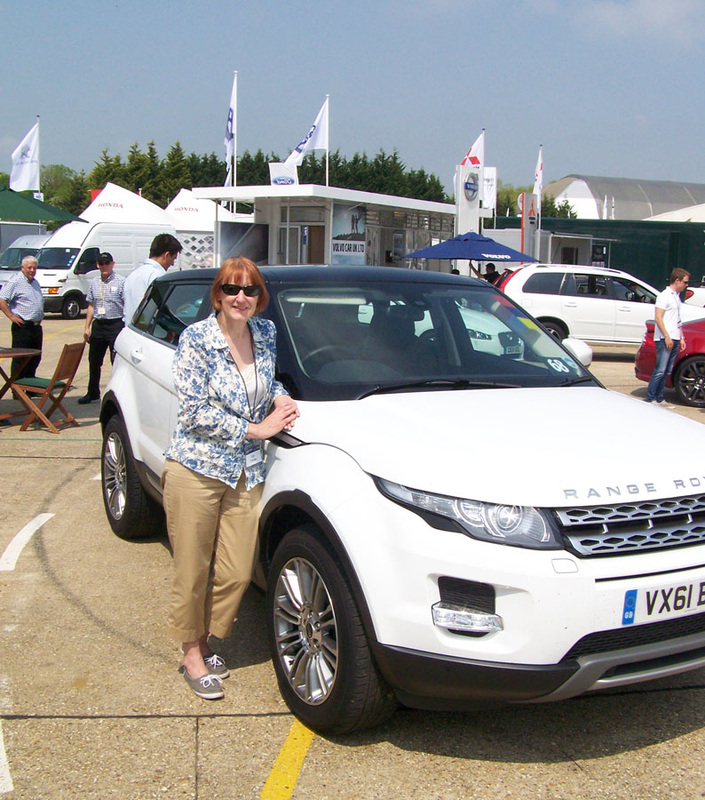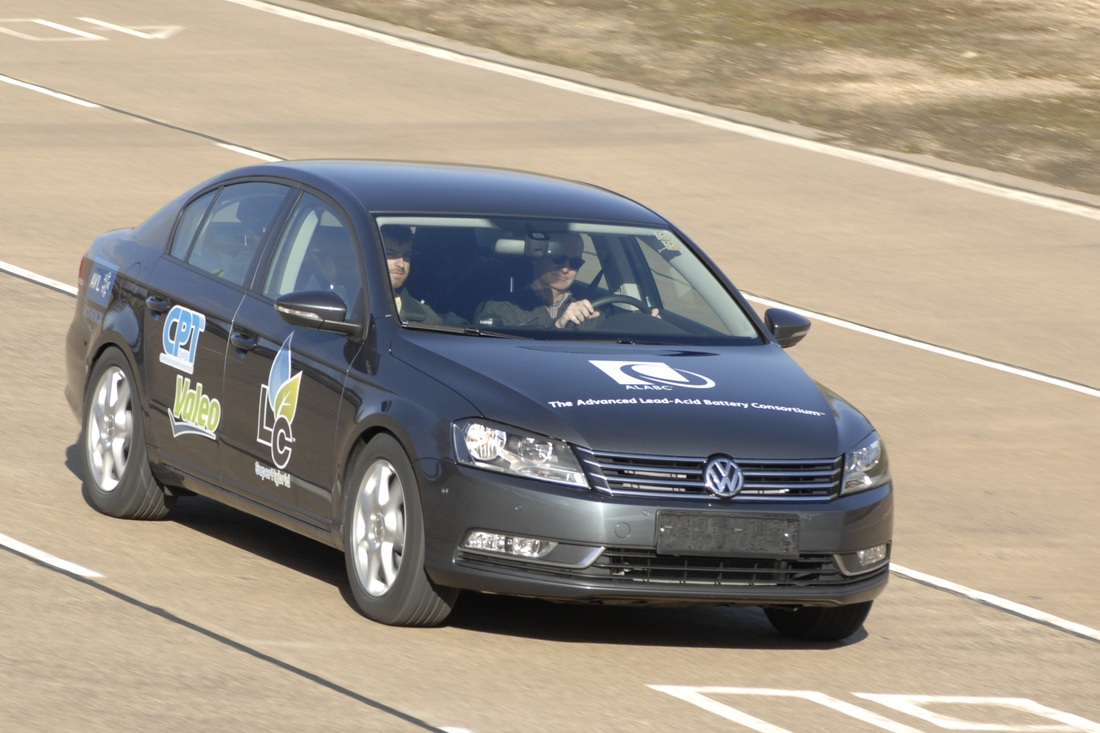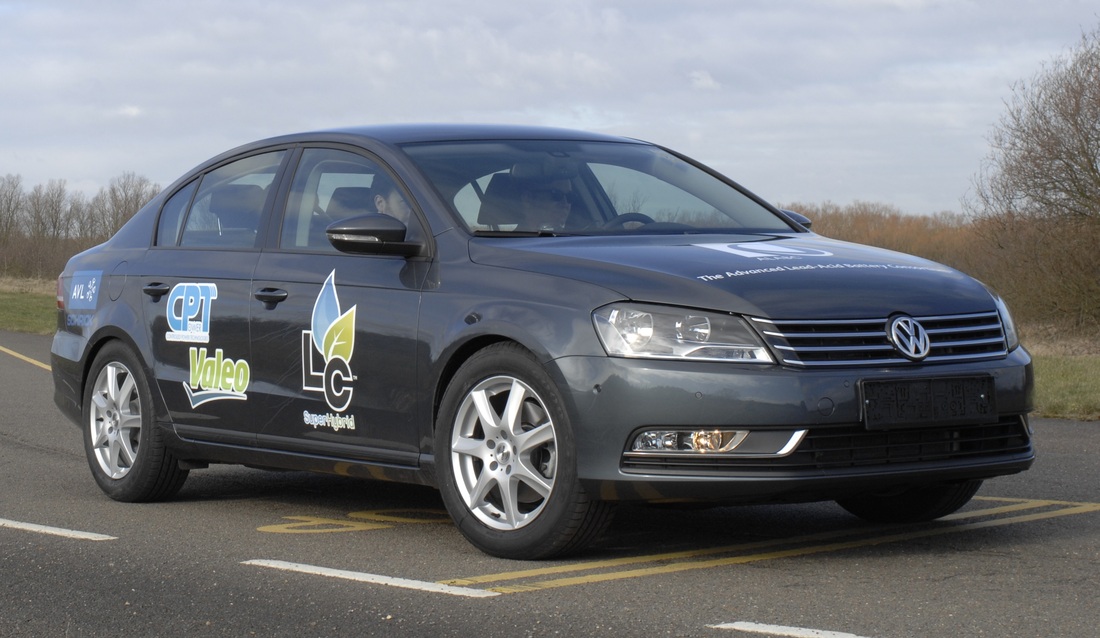Top stories - SMMT Test Day 2012
Range Rover Evoque
Why do I like the Evoque so much? As I don’t have children or a dog, and I don’t have to deal with serious snow or rough roads, I’d much rather zip about in an open-top sports car or a sporty saloon than a lumbering SUV.
Plenty of people disagree, however, and the crossover market is blossoming. The Evoque obviously has one-up on most of them, it’s a Range Rover. It has pedigree, and ability. Some of my colleagues were trying out the 4WD versions on the terrifying off-road route at Millbrook and coming back with ‘we’ve gone off-road’ grins. Truth be told it’s like a pedigree dog that used to be a hunter, but now just snaps at the heels of unsuspecting visitors. Look at the original utilitarian Land Rover, and it’s incredible to think it’s evolved into such a style item. At least it is truly stylish. Most crossovers remind me of trainers. These started off as shoes that helped an athlete go fast while protecting their feet. Now they’re big, lumpy and loud. The Evoque’s lines are clean and sharp, its low roof gives it a bad boy brow. Actually, it reminds me of the Land Rover-based police cars in Sylvester Stallone’s futuristic movie Judge-Dredd – the cars were better than the film. I went for the 2WD 150hp diesel priced at £28,695 (2012). As I clambered on board, the cabin felt light and airy, thanks to the huge sunroof, I wonder if it might be a bit claustrophic without it? Back seat room was OK in this five-door, it's a bit tight in the three-door. The seats were gorgeous leather, the dash layout simple and classy. The stubby gearlever needed a bit of a shove, but the controls feel just right, well weighted and tactile. I headed off to Millbrook’s hill route and deliberately drove over the rough ridges, like the lines left by utility companies all over London roads. It thrummed over them like a bit SUV, but I heard the bump rather than feeling it. On the fast loops, you don’t forget it’s an SUV, but it feels quite sporty and pinned-down to the road. The Evoque is flying off the shelves. The Halewood plant is now on a triple shift to meet demand after 70,000 were sold in the first nine months. I’m sure a lot of those buyers are female. Plenty of crossovers are driven by women, so the smart guys at Land Rover called in Mrs Beckham to help create a special edition at launch to raise its profile (See blog for more). If I had the money, I might buy one, too. Mini Cooper S Roadster
As the owner of a 54-reg Mini Coopers S Convertible, I was keen to try the new Mini Roadster.
I couldn’t help suspecting a little hype. Some PR nonsense had come out in the States comparing it to 1960s’ sports cars such as the MGB or Austin Healey. I don’t think so. It’s a powerful front-wheel-drive car – and surely just the seating position would tell you you were in a chopped-up saloon? The Roadster at the SMMT Test day was particularly modern and brash, with orange spice metallic paint and shiny black wheels. Prices start at £20,900, but this one was so loaded it was a wonder it could move. Additions such as the Chili Pack at £1,975 and Media Pack including Bluetooth at £1,120 took the total up to £26,940. A new Cooper S Convertible would cost £20,500 without options. My car stung us for £10k when we bought it in October 2010. It has Chili Pack leather seats, metallic paint, big wheels and a metallic dash, but with 62,000 miles on the clock, it’s now worth less than £6,500. I love driving it with the roof down around nearby country lanes, but it’s not as much fun as my former MX-5, partly because you have to be going quite fast before it's fun. The Mazda is fun at 25mph. The most obvious difference between the Roadster and Convertible is that where my car has two rear perches comfortable enough for short journeys, the Roadster has a longer rear deck and upfront it has a more raked windscreen. (The Roadster is based on the Coupe, not the saloon.) Neither car looks great with the roof up; the roadster’s short canvas roof looks odd and pram-roof-like. The Convertible’s has better proportions, but looks heavy and too big for the car. Roof stowed, however, the Roadster wins with its neat, smooth rear deck. Its motorised roof folds away in 10 seconds. I haven’t tried to stow the semi-auto roof standard in the UK, but I’ve read that it’s quite stiff. The boot is huge compared to mine (240 litres). I have to fold the seats down and fiddle to lift up the rear of the roof to stow a large suitcase. I usually end up dumping it on the back seat through the door. (Not good for seats.) Golfers would definitely prefer the Roadster. The SMMT test day was the ideal day to drive a topless car. The sun was shining, and I slapped on some Mini-branded sun cream before setting off for the short test around Millbrook’s hill course. I found myself sitting lower than in the Convertible. In my car, I can put my elbow on the door without reaching up as you can see in the photo. The seating position is still more upright than in a sports car such as an MX-5, though. I liked the fancy Mini Yours leather dash, but wasn’t keen on the huge central speedo, it’s not terribly easy to read (Isn’t that the point?) The Cooper S is powered by the BMW/PSA 1.6-litre engine boosted by a twin-scroll turbo, It pumps out 208bhp (and returns 38.7mpg) and makes a wonderful noise. As the course was clear, I put my foot down, and was rewarded with slingshot acceleration up the straight. We whizzed round the banking like a pinball out of the slot. To compensate for the aerodynamic lift, a spoiler rises at 50mph and sinks again at 37mph. You can feel that extra downforce and it gave me plenty of confidence on the faster corners. The gearchange was short and slick, the steering light and communicative. I tried the Sport button, but have to admit to noticing no difference. As with my car, the ride was firm, but not uncomfortable. It shivers a little, but not as much as mine. I was very sad to give it back. The Roadster is a hoot and it felt more like a sports car than I expected. However, whether you choose a new Convertible or Roadster would have to depend on whether you carry people or stuff. The driving experience isn’t different enough to be the decider. And I’d still rather have an MX-5. |
|
|
LC Super Hybrid Passat
Batteries: ask anyone who knows; these are the items stopping us from having affordable hybrid and electric cars. Everyone is scrambling to produce better lithium ion (li-on) or Metal hydride (NiMH) batteries to solve the problem - or maybe not everyone, because the lead-acid battery is fighting back.
I’ve just driven a demonstrator called the LC Super hybrid, which uses low-cost (LC), proven technology to create a fuel efficient, but powerful family car. It was commissioned by the Advanced Lead Acid Battery Consortium (ALABC) in Carolina USA, via a consortium lead by AVL Schrick in Germany with strong support from the UK-based Controlled Power Technologies Ltd (CPT) and Valeo Air Management UK Ltd, plus hybrid specialist Provector and component supplier Mubea. The demonstrator started life as a VW Passat with a 1.4-litre direct-injection turbocharged petrol engine. Most hybrids have an electric motor that works with the engine and a big stack of batteries all adding weight and cost. Instead, this car has a small electric supercharger to give instant boost, eliminating lag from the existing turbo. And that supercharger is powered by two good old lead acid batteries, although admittedly a brand-new design. These are claimed to have a real-lifespan of 140,000 miles and cost around a fifth of the cost of li-on batteries. I’d thought lead-acid batteries were heavier than the new breed, but once you add the cooling systems needed for li-on and NiMH batteries, I’m assured there’s not much in it. Lead acid batteries have also been around long enough that they are now low-maintenance, reliable items, and the pair in the demonstrator can be recyled as batteries, rather than having certain parts recycled. I drove the demonstrator at the Society of Motor Manufacturers’ (SMMT) test day at the Millbrook proving ground. It has some oddities - the team fitted a diesel gearbox to give it taller gear ratios, mated to a strong motorsport clutch. I had to make sure I released the clutch smoothly, otherwise, the car drove off round the access roads like a normal Passat, although with much more punch than a 1.4. On the high-speed bowl, it accelerated up to motorway speeds quietly and without fuss. The interesting bit was trying to accelerate from low revs in sixth gear without the supercharger, Without, we would have taken a week to get to 60mph, with it, we were off with a dab of the pedal. In effect, this kit had given the 1.4 machine performance close to that of a 1.8 but with lower emissions. It has stop-start technology like most hybrids, using a CPT starter/generator, so we headed for the city course. We pulled up to a stop at a number of the junctions and, as with many hybrids, the engine turned itself off, but it was impressive how quickly it got going again. The same unit also harvests energy when the car is braking (like KERS in Formula One). That old phrase KISS ‘keep it simple, stupid’ sums it up. The system isn’t complicated and all the parts are tried and tested. We understand that several major manufacturers are having a look at these ideas. Comparative figures Passat 1.4 TSI Passat 1.8 TSI LC Super Hybrid 1.4 Power(PS) 122* 160* 142** Torque (Nm) 200* 250* 275** 0-60mph 11.1** 8.5* 8.7** Economy mpg 45.6** 40.9 50.5** CO2 g/km 140** 160* 130** * manufacturer’s figures ** measured by AVL Shrick |










